Parenting Hacks and Family How-To's
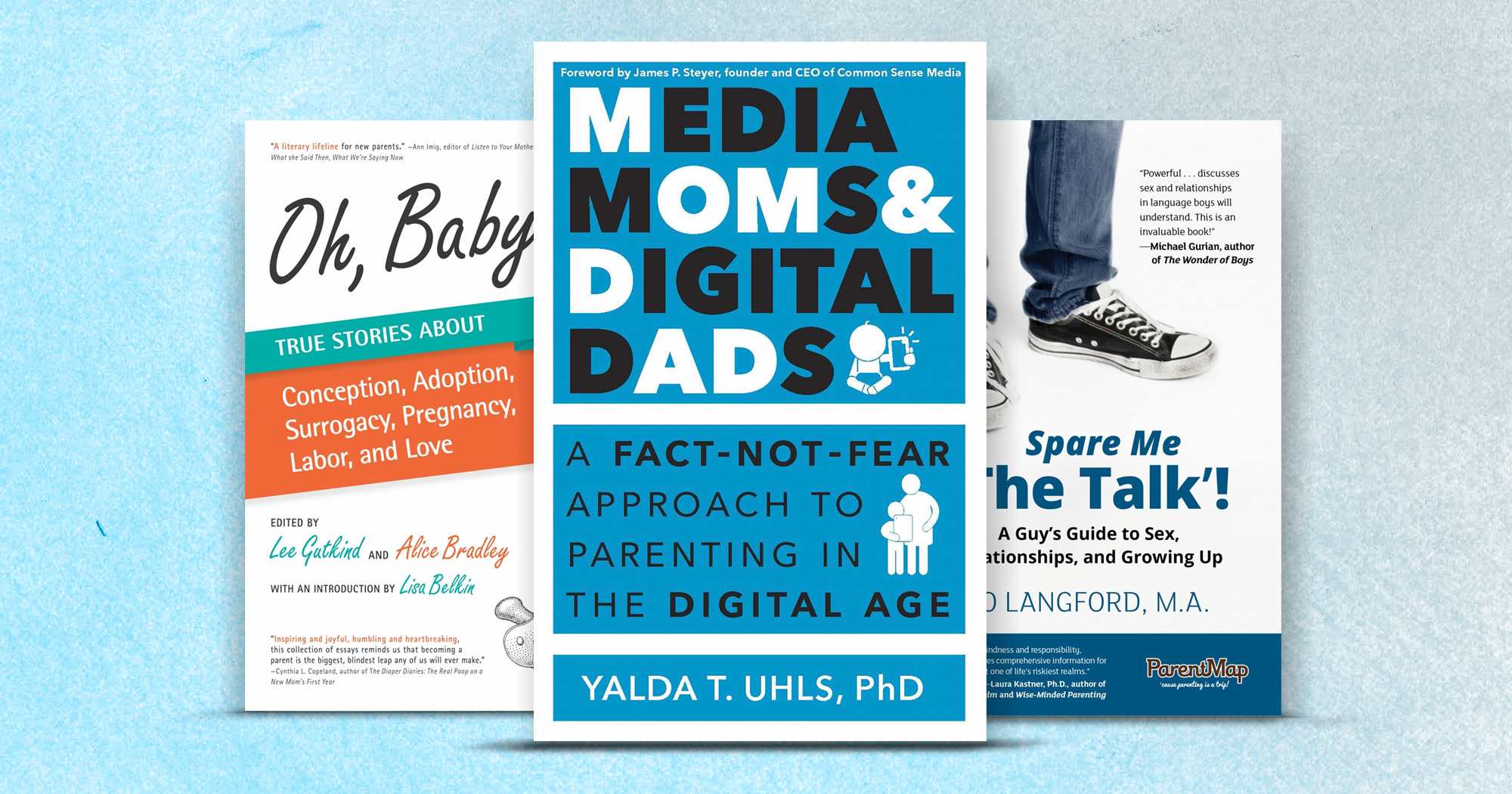
Into the chaos of parenting and managing family relationships, allow us to inject a little (literary) sanity. For those navigating the tempestuous waters of teen angst, those trying to make childhood a little more fun, those working on nurturing children who have experienced difficult times, or even those just beginning on the path to parenthood: these titles, from our Winter 2016 issue, hold invaluable keys to making your life, and the lives of your family members, a little easier and richer.
Creating a Beautiful Mess
Ten Essential Play Experiences for a Joyous Childhood
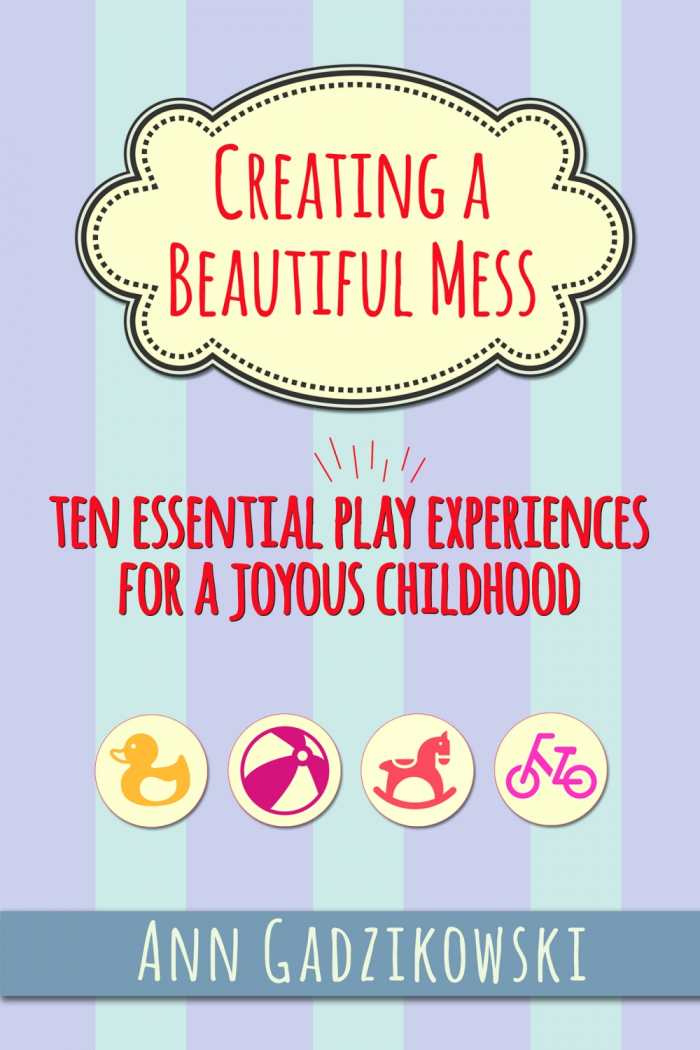
Ann Gadzikowski
Redleaf Press
Softcover $15.95 (184pp)
978-1-60554-386-4
Buy: Local Bookstore (Bookshop)
This must-read teaches parents how to embrace self-directed play as a joyous necessity for children.
In Creating A Beautiful Mess: Ten Essential Play Experiences For A Joyous Childhood, early-childhood educator Ann Gadzikowski examines the role of play in the lives of children. She takes an up-close-and-personal look at play in all its forms, extolling the virtues of the many ways in which children can happily grow and learn through play.
Through experiences ranging from playing make-believe to cuddling soft toys to making things happen with machines, children are developing their physical, social, emotional, cognitive, and language abilities. Research underpins the author’s claim that play in ten distinct categories is, by all rights, essential to the childhood experience. This play should be facilitated by adults, but largely child-directed.
Creating A Beautiful Mess is packed with good information. The exploration of the ideas presented is thorough and relevant. With useful examples, suggested resources, and even a few simple recipes, parents are armed with an arsenal of ideas for how best to engage children in play for maximum enjoyment and development.
The book is cleverly and pleasantly organized, and it subtly embodies the defining point: play. With a splash of color and a small picture of a toy or puzzle on many of the pages, the notion of play is exquisitely communicated. This is the perfect companion to the ideas presented. Real-life scenarios at the beginning of each chapter further illustrate key points. And chapter highlights dispersed throughout the book reiterate important concepts.
The author demonstrates an impressive temperance when it comes to issues of gender. There are multiple instances where special attention is paid to how gender concerns can be mitigated. In a world where these stereotypes still persist, this sensitivity is especially important, and relevant to the world in which we live and the children who live in it.
In Creating A Beautiful Mess, Gadzikowski reminds us that self-directed play is important for our children and teaches us how to embrace it as a joyous necessity for them. This is a must-read for parents.
LAURA MAHON (November 27, 2015)
Getting From Me to We
How to Help Young Children Fit In and Make Friends
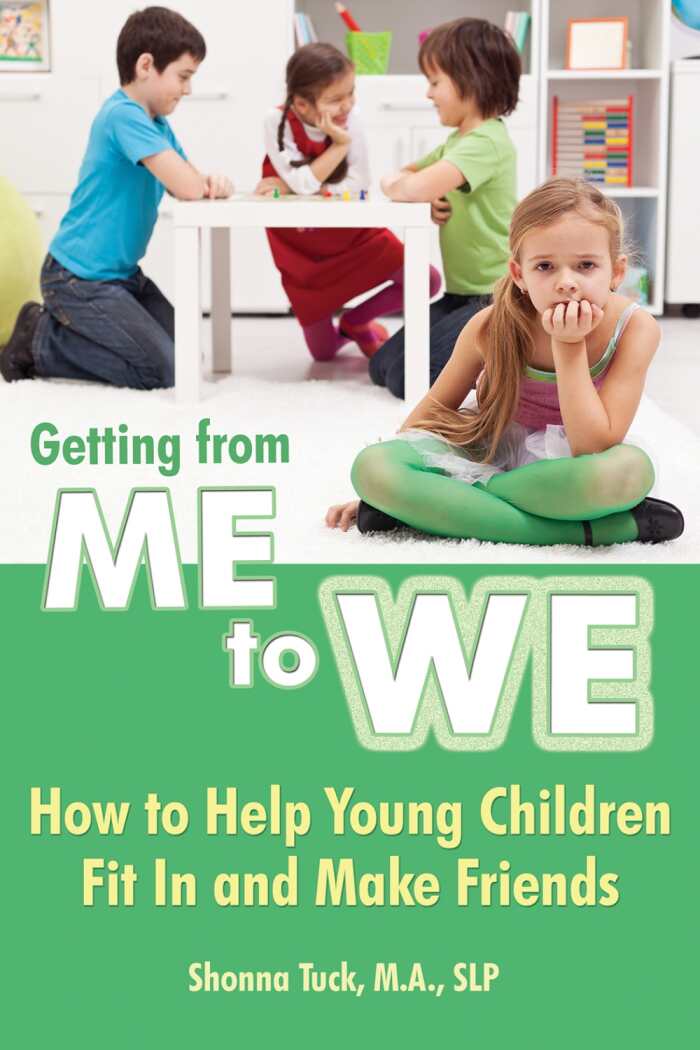
Shonna Tuck
Woodbine House
Softcover $24.95 (275pp)
978-1-60613-269-2
Written in a relaxed and friendly style, this book offers practical advice for helping young children interact with their peers.
Shonna Tuck writes with empathy about the difficulties some small children face as they attempt to interact with their peers. Getting from Me to We: How to Help Young Children Fit In and Make Friends offers practical advice to parents, teachers, and caregivers who know and love these children.
A speech and language pathologist who has worked extensively with at-risk children, Tuck uses metaphorical rungs of a ladder to represent the first seven years of a child’s life and the phases of early childhood social skills development, the discussion of which comprises the first seven chapters of the book. Topics include learning emotional control, becoming aware of different perspectives, encouraging narrative ability, and resolving social conflicts. Later chapters examine tools that encourage socialization. The book concludes with extensive recommendations for further reading, a list of online resources, and a list of organizations appropriate for different ages and stages of development.
Tuck writes in a relaxed and friendly style that inspires trust. Disagreeing with the school of thought that children should be left to work out problems on their own, she explains that at-risk children lack the social skills to do this. “These kids stand out because they tend to freak out more, cry more, fight more, and linger when uninvited more.”
Case studies reveal specific behavioral challenges and how children have improved through personalized interventions. For example, Abdul, a bilingual child, talked constantly in a garbled, indecipherable monologue. His mother, unsure of her knowledge of English, had encouraged him to watch television as a learning tool. With guidance, she recognized that her language skills were adequate to teach her son. Tuck writes, “Abdul and his mom strengthened their connection, which is about so much more than just learning words.”
Tuck delivers a clear message that “childhood isn’t the easiest time for all children.” Her book successfully explores a subject of crucial importance in early childhood education. The informed and empathetic narrative contains humorous asides that reflect her kind approach to helping young children overcome their social difficulties.
Those interested in helping young children reach their full potential could benefit greatly from reading Getting from Me to We.
MARGARET CULLISON (November 27, 2015)
Healing Traumatized Children
Navigating Recovery for Children with Turbulent Pasts
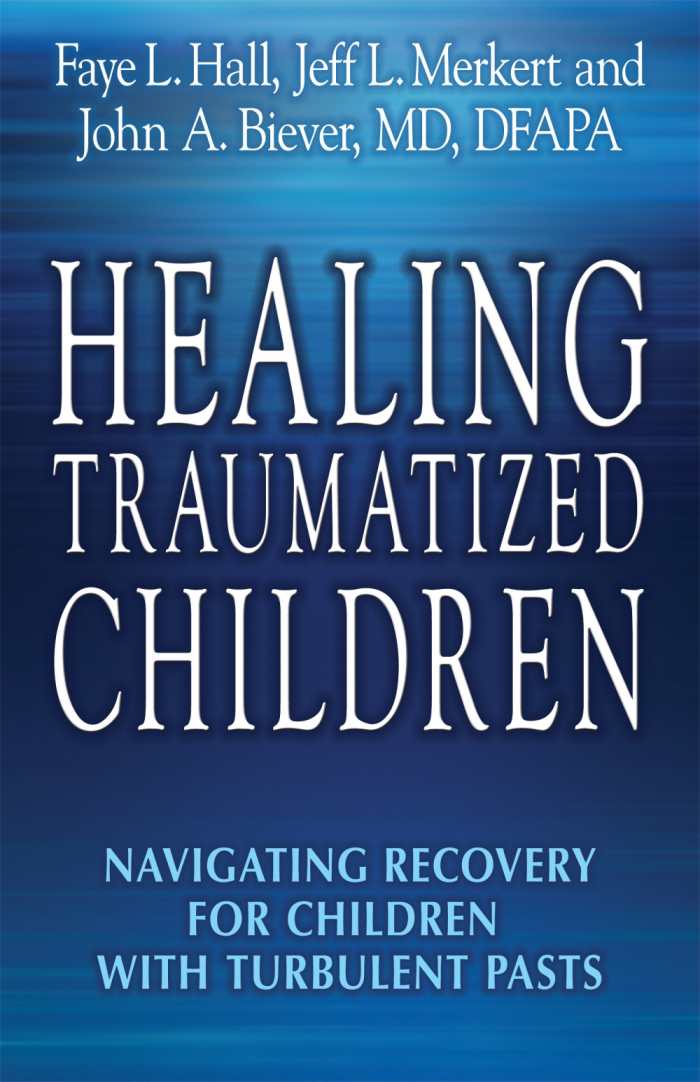
Faye L. Hall
Jeff L. Merkert
John A. Biever
New Horizon Press
Softcover $15.95 (240pp)
978-0-88282-495-6
Clear language and thorough explanations make this book widely accessible, especially for the adoptive and foster parents of traumatized children.
Children who experience abuse, neglect, or other traumas during their formative years often develop relational problems. Coauthors Faye L. Hall, Jeff L. Merkert, and John A Biever thoroughly explain the root of these difficulties and the nonobvious path to improvement in Healing Traumatized Children: Navigating Recovery for Children with Turbulent Pasts.
According to the authors, children raised in negative environments develop distorted thought patterns, skewing their behaviors even after placement in healthy families. Parents who foster or adopt these children need to shift their perspective and alter their child-rearing habits since many standard parenting techniques trigger defensive reactions. The first three parts of the book explore the problem and appropriate responses, while the final two parts provide practical resources for involved parties.
Clear language and thorough explanations make this book widely accessible. While the authors have impressive professional credentials, they use minimal technical language and explain any that arises. Moreover, the book offers more than theory; handouts and worksheets in the back demonstrate how to put theory into action between caregivers and children, and sample letters give parents the ability to concisely summarize the matter to others within the child’s broader care team.
Examples distributed throughout the book illustrate the difficulties from multiple perspectives, making them invaluable components of the text. The authors provide four sample families, each with its own dynamics—for instance, Corey lives in a large and experienced foster family, while Sally lives with a single, childless mother. While each family faces different challenges from varying sources, the root of their difficulties and the path to healing all fit within the overall explanation provided by the authors. Additionally, Hall shares her true-life example, adding more clarity and an even greater level of credibility beyond the authors’ professional qualifications.
Hall, Merkert, and Biever explain a complex topic with enough depth and precision to clear the muddied waters. While this book could be particularly helpful for adoptive and foster parents of traumatized children, anyone involved with such children—therapists, teachers, extended family, friends—may gain insight from this resource.
CAITLYNN LOWE (November 27, 2015)
Media Moms & Digital Dads
A Fact-Not-Fear Approach to Parenting in the Digital Age
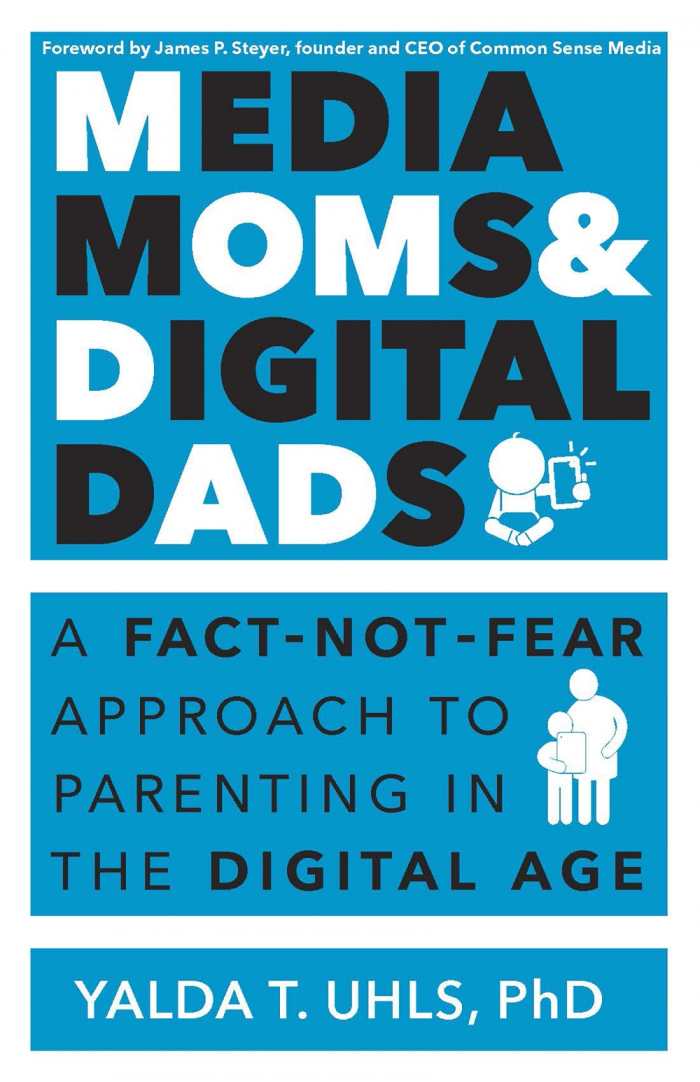
Yalda T. Uhls
Bibliomotion
Softcover $18.95 (240pp)
978-1-62956-084-7
Buy: Local Bookstore (Bookshop)
Uhls facilitates a collective parental sigh of relief that the use of digital media, if harnessed properly, can be an enriching experience.
Now more than ever in this time of technological prosperity, parents are concerned about digital media and the effects it will have on their children. In the book Media Moms and Digital Dads: A Fact-Not-Fear Approach to Parenting in the Digital Age, Yalda Uhls recommends a pragmatic approach toward parental navigation of the murky digital waters and facilitates the asking of some important questions.
Given that one of the most common ways for young people to learn about social and cultural norms today is via digital media, it is understandable for parents to focus their attention on that media and how to monitor and control its use for the sake of their children. Uhls brings research and insight into her discussion of the pros and cons of utilizing digital media. She reminds us that general parenting rules still apply when it comes to providing age-appropriate guidance and allowing for safe opportunities for children to make their own decisions.
Research-based information, common sense, and opinion drive the discussion as questions are raised concerning when, where, and how the use of digital media is appropriate. The amount of research that has contributed to this book is impressive. Even with that research, however, it is important to note that further research and inquiry is necessary, especially given that this phenomenon is relatively new to us. References to lack of bias where there clearly could be and the reliance on self-report in many of the studies speak to the need for caution and more study as well.
The “bottom line” feature within the chapters and the “wrap-up” and “takeaways” sections at the end of each chapter are used creatively to draw attention to important points and to perpetuate continued interest in the discussion. Not only do these features reiterate what is relevant, but they also draw attention to some surprising points.
It is encouraging to be reminded that there are many benefits afforded to us and to our children in this new age in which we live. Uhls facilitates a collective parental sigh of relief that the use of digital media, if harnessed properly, can be an enriching experience. She leaves parents optimistic that further research will continue to be positive.
LAURA MAHON (November 27, 2015)
Oh, Baby!
True Stories about Conception, Adoption, Surrogacy, Pregnancy, Labor, and Love
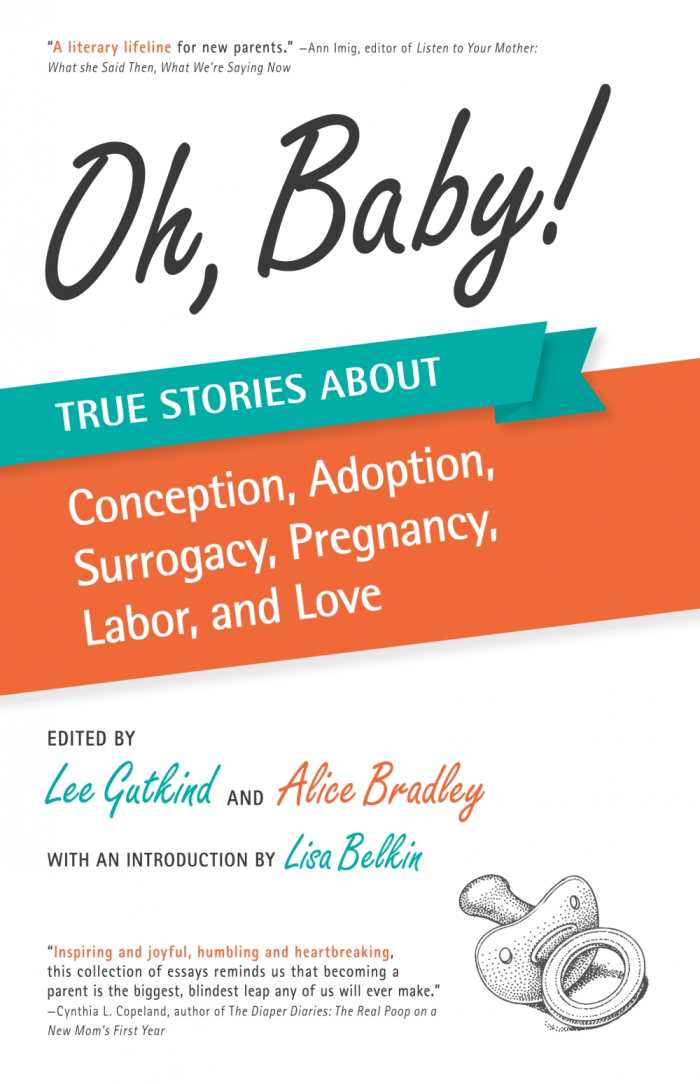
Lee Gutkind, editor
Alice Bradley, editor
In Fact Books
Softcover $15.95 (287pp)
978-1-937163-21-1
This is the welcome kind of parenting book that sugarcoats nothing.
Oh, Baby! True Stories About Conception, Adoption, Surrogacy, Pregnancy, Labor, and Love features twenty-three brief essays for parents. Edited by Lee Gutkind and Alice Bradley, this new anthology spans themes that include changed expectations, discovery, and mortality. No controversial What to Expect When You’re Expecting—the baby bible for millions—this thoughtful, vital examination of new parenthood is a sharp alternative guide from the literary trenches.
A variety of voices shed light on issues few dare to mention when it comes to prepping hopeful parents-to-be—including resentment toward partners and the blindsiding nature of colic. Oh, Baby!, however, doesn’t aim for disillusionment. Account after careful account reveals adults who experienced the shock of the first few months with a baby. They succeed in showing—to borrow phrasing from one essayist—how terror underscores the “sublime,” and provide solace in numbers. Essays written by parents with older children provide needed perspective.
A few essays strike similar tones of levity and concern as they chart the divide between parents’ ideas regarding their impending new roles and their often different reality. The finest invite deeper engagement by juxtaposing multiple layers, such as “Boothville,” a story of unexpected pregnancy that challenges a young woman’s career expectations in mid-1980s Australia; “How Little,” which considers postpartum depression amid literary forays; “Four Early Lessons in Parenting,” a father’s reflection on the loss of innocence by way of his son’s natural curiosity, superheros, and news events; and “The Baby Room,” a memory of adoption interspersed with studies on cortisol levels in adopted children. “States of Permanence and Impermanence” deserves special mention; it skillfully sets the scene for a son’s plagiocephaly treatment while subtly reflecting on fragility and hope.
Through contributors that include columnists, poets, memoirists, and others, Oh, Baby! distinguishes itself with consistently smart writing. Personal narratives build on each other and speak to the sheer difficulty of child rearing without losing oneself in the process. This is the welcome kind of anthology that sugarcoats nothing: love for a child amplifies, but it also eviscerates.
KAREN RIGBY (November 27, 2015)
Spare Me ‘The Talk’!
A Guy’s Guide to Sex, Relationships, and Growing Up

Jo Langford
ParentMap
Softcover $14.95 (141pp)
978-0-9904306-0-5
Langford empowers young men to make their own informed decisions about sex, using both honesty and wit.
Father, therapist, and sex educator Jo Langford doesn’t beat around the bush when teaching young men about sex. In Spare Me ’The Talk’! A Guy’s Guide to Sex, Relationships, and Growing Up, he tackles difficult subjects head-on, with both honesty and wit. Unlike those dreaded “talks” the title refers to, Langford never bores and never condescends. He offers frank and engaging advice to young men interested in understanding their own sexuality.
In no uncertain terms, Langford states that he takes a comprehensive approach to sex education, versus an abstinence-only approach. The book provides a positive view of sexuality rather than a negative or “shaming” view. That said, Langford doesn’t shy away from the serious consequences of sexual activity. His chapters explore sexual acts, contraception, and sexually transmitted diseases in unflinching detail, as well as important issues of gender, sexual orientation, body image, and relationships.
What differentiates Spare Me ’The Talk’! from other sex-education manuals is Langford’s ennobling emphasis on the responsibility of teenagers to form their own decisions, despite social mores or family attitudes. “Tweens and teens need to be given opportunities to use their judgment, exercise critical thinking muscles, and make mistakes,” he writes. “Knowledge and self-confidence are the best protection against the unfortunate consequences that sometimes accompany sexual activity.”
Furthering strengthening the book’s real-life impact are Langford’s excellent chapters on Internet safety, from ubiquitous pornography to social networking and sexting. “The internet is forever,” he warns. “If you have to lie about your online behavior, you are not in control of your life.”
For all the seriousness of the subject matter, Langford still manages to imbue several moments with ribald humor. For instance, in his chapter on the human body, he explains that the penis is the “very first toy a guy gets.” “We do target practice when we pee; we write our names in the snow,” he boasts. “We protect our penises with our lives.” Langford’s colorful personality makes Spare Me ’The Talk’! all the more readable and appealing to young readers (and perhaps some adults), who need its wisdom most.
SCOTT NEUFFER (November 27, 2015)
Hannah Hohman
